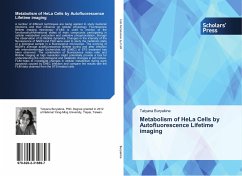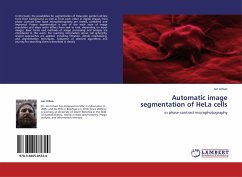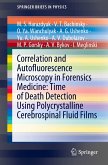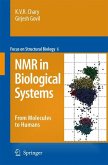A number of different techniques are being applied to study bacterial infections and their influence on cellular physiology. Fluorescence lifetime imaging microscopy (FLIM) is used to monitor of the functional/conformational states of main compounds participating in cellular metabolism production and oxidative phosphorylation, through the observation of its lifetime dynamics. Changes in the intensity of the fluorescence of NADH and FAD were used to study the metabolic state of a biological sample in a fluorescence microscope. The evolving of NADH¿s average autofluorescence lifetime during and after infection with enterohemorragic Escherichia coli (EHEC) or STS treatment has been observed. The combination of fluorescence redox ratio and lifetime imaging at high resolution might potentially provide a tool for understanding the morphological and metabolic changes in cell culture. FLIM helps to investigate changes in cellular metabolism during early apoptosis caused by EHEC infection and compare the results with the FLIM data obtained from the STS-treated cells.
Hinweis: Dieser Artikel kann nur an eine deutsche Lieferadresse ausgeliefert werden.
Hinweis: Dieser Artikel kann nur an eine deutsche Lieferadresse ausgeliefert werden.








